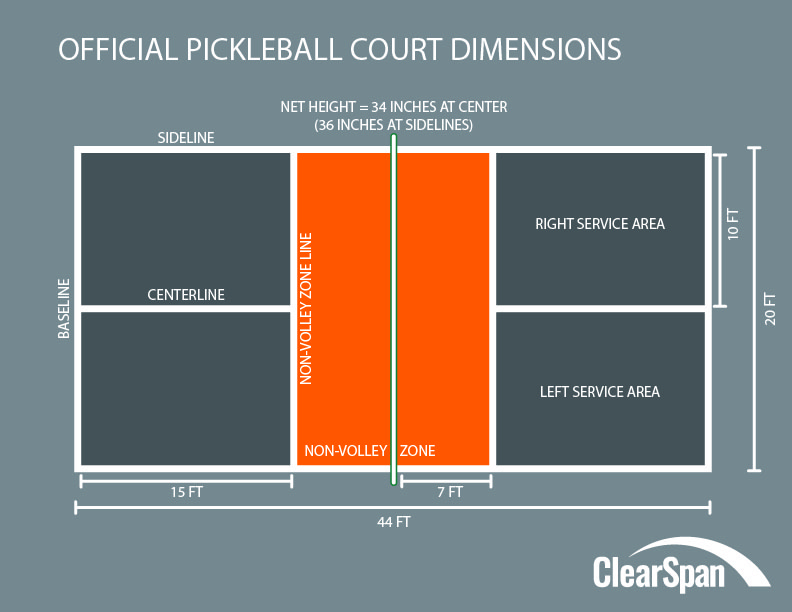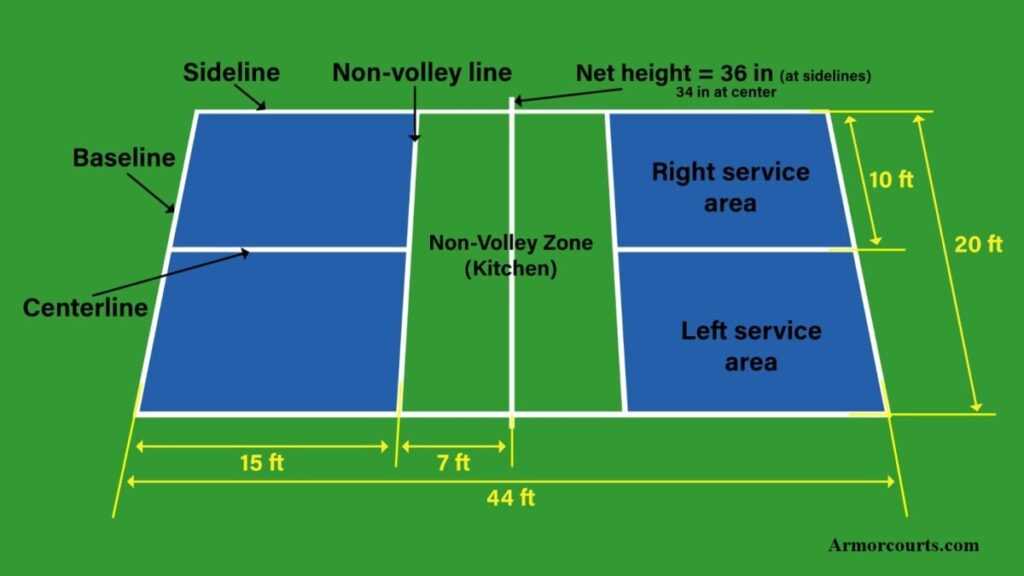Exactly How Illinois and Midwest are Leading the Way in Pickleball Judiciaries Style & Construction
Exactly How Illinois and Midwest are Leading the Way in Pickleball Judiciaries Style & Construction
Blog Article
Key Elements in the Building of Pickleball Courts: From Website Selection to Last Finishes
The construction of pickleball courts encompasses a series of important variables, starting with the choice of an ideal website that balances ease of access with ecological factors to consider. Vital aspects such as court measurements, surface products, and drain systems substantially affect not just the quality of play yet additionally the durability of the facility. Focus to lighting and ending up touches can raise the general experience for players and spectators alike. Recognizing just how each of these elements interrelates may expose understandings that are typically overlooked, motivating a closer assessment of ideal methods in court construction.
Site Choice Standards
When beginning on the building and construction of pickleball courts, it is vital to toenail down the site option standards that will make certain optimal playability and ease of access. The place has to be quickly reachable for gamers, ideally positioned near domestic locations or community facilities, to motivate participation.
Additionally, the surface should be level and steady, as irregular ground can cause security threats and affect gameplay. Appropriate water drainage is likewise vital; choosing a site with good water runoff will certainly aid preserve court problems during adverse weather condition.
An additional important factor to consider is the accessibility of utilities. Access to power and water is necessary for lighting and maintenance functions. In addition, closeness to parking facilities is essential, helping with simple accessibility for players and spectators alike.
Environmental aspects can not be neglected; natural shade from trees can improve gamer comfort, while exposure to prevailing winds might interrupt play. Lastly, zoning guidelines and community support should be thought about to ensure that the project lines up with regional guidelines and receives the support it needs for effective application. By meticulously evaluating these standards, stakeholders can develop a welcoming and practical setting for pickleball enthusiasts.
Court Capacities and Layout
To make sure optimal gameplay and adherence to regulations, the measurements and format of pickleball courts need to be meticulously defined. A basic pickleball court gauges 20 feet in width and 44 feet in size for both singles and increases play.
The web height is evaluated 36 inches at the sidelines and 34 inches at the center, creating a slight dip that impacts sphere trajectory. Court markings are just as vital; lines ought to be 2 inches wide and distinct in color to ensure visibility.
In addition, a buffer area bordering the court is advisable, commonly extending 5 to 10 feet past the sidelines and baselines to fit players' movements and enhance security. Correct layout and dimensions not only make certain compliance with official guidelines yet likewise improve the total having fun experience, accommodating both entertainment and affordable play. Careful preparation in these areas is paramount to the effective construction of pickleball courts.
Surface Product Options
Selecting the right surface material for pickleball courts is vital for ensuring optimal player efficiency and safety. The choice of surface area can substantially impact gameplay, consisting of round bounce, grip, and player comfort.
There are numerous choices offered, each with its distinctive characteristics. Asphalt is a preferred choice due to its durability and low maintenance requirements. It supplies a solid playing surface that can withstand various climate condition however might need regular resurfacing.
Concrete is another commonly used material, providing superb longevity and a smooth coating. It enables constant ball bounce but can be tough on gamers' joints, making it much less desirable for long-lasting play without appropriate padding.
For those seeking improved comfort and shock absorption, supported acrylic surface areas provide a viable option. These surfaces incorporate a base layer with an acrylic overcoat, giving boosted traction and a softer feeling, which is advantageous for lowering the risk of injuries.
Lastly, synthetic lawn is getting traction, specifically for multi-purpose centers. Its convenience and reduced maintenance requires make it an attractive option, though it may not supply the exact same round feedback as standard hard courts. Careful factor to consider of these options will ensure an optimal playing setting.
Drain and Illumination Considerations
Appropriate drain and efficient illumination are vital components in the building and construction of pickleball courts, dramatically affecting both playability and safety and security. Adequate drain systems stop water accumulation, which can lead to unsafe surfaces and damage to go to this web-site the court framework.
Lighting is similarly important, specifically for courts intended for evening use. Proper illumination improves exposure, their website making sure that gamers can see the round clearly and decreasing the threat of accidents. The placement of illumination components need to be tactically planned to get rid of darkness and provide even distribution of light throughout the court. LED lights are recommended for their energy effectiveness and long life, providing intense lighting while decreasing functional costs.

Final Surfaces and Upkeep
After attending to drain and lights considerations, attention transforms to the final surfaces and continuous upkeep of pickleball courts. Illinois and midwest. The choice of surface area material is crucial, as it impacts both playability and toughness. Usual choices consist of acrylic layers and specialized sporting activities surfaces that offer optimum traction and cushioning. These coatings ought to be used in numerous layers to guarantee resilience against weather components and wear.

Seasonal maintenance might include resurfacing every couple of years, depending upon use and ecological variables. Properly preserving webs, court lines, and surrounding areas is equally here important to provide a secure and delightful playing experience. By buying quality coatings and adhering to a structured maintenance routine, facility owners can ensure their pickleball courts remain in superb problem for years to come.
Verdict
In conclusion, the successful construction of pickleball courts hinges on meticulous interest to several crucial aspects. Site selection must prioritize availability and surface security, while court measurements and design need to stick to optimum standards for gameplay. The choice of surface material considerably affects player safety and performance. Reliable drainage and appropriate lights contribute to court longevity and exposure. Ultimately, top quality surfaces and a robust maintenance timetable are necessary for maintaining the court's condition, improving the overall experience for gamers and viewers alike.
Report this page